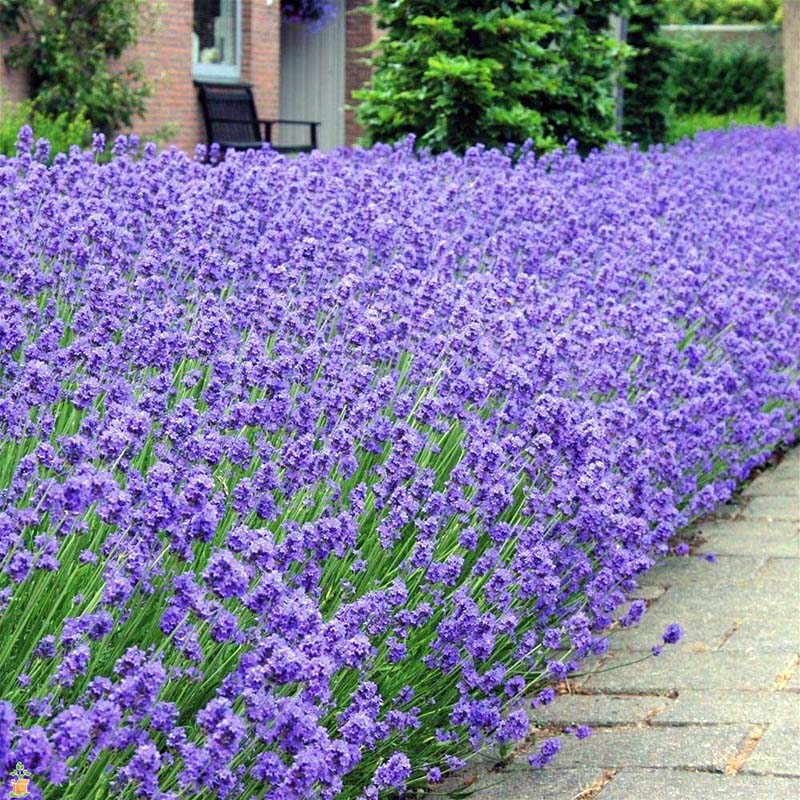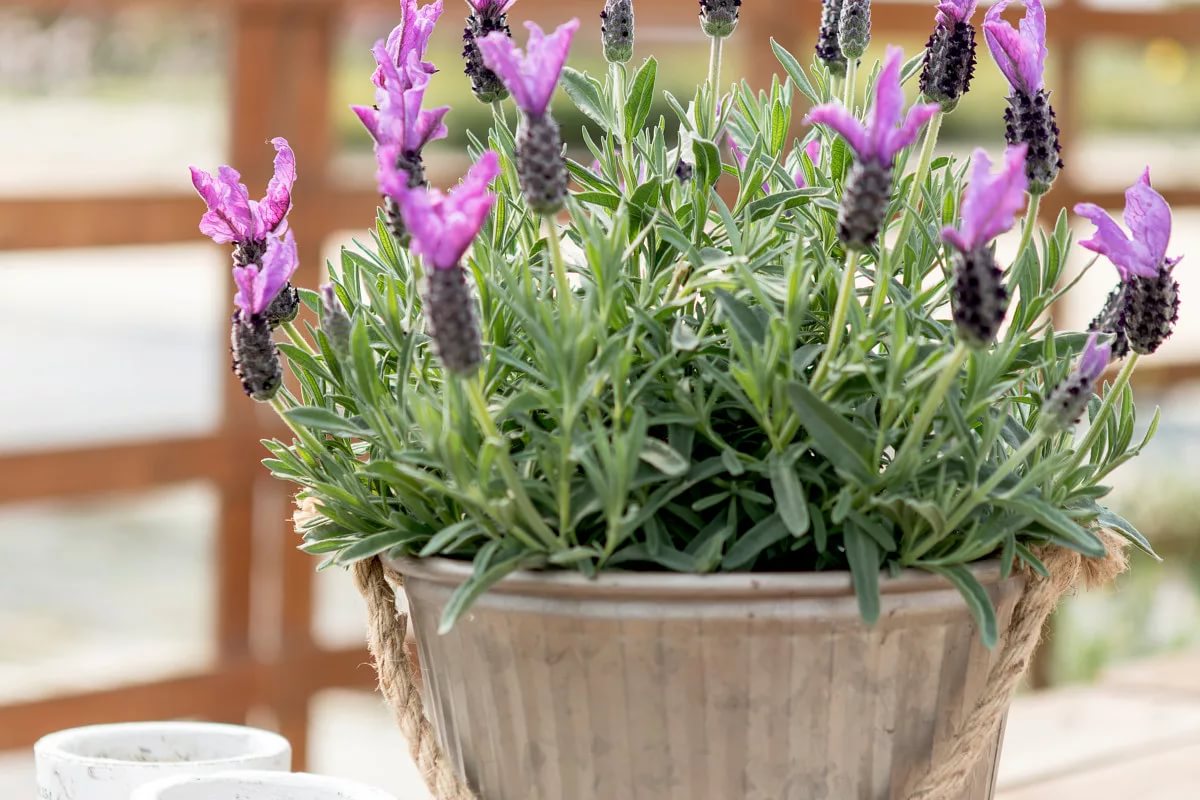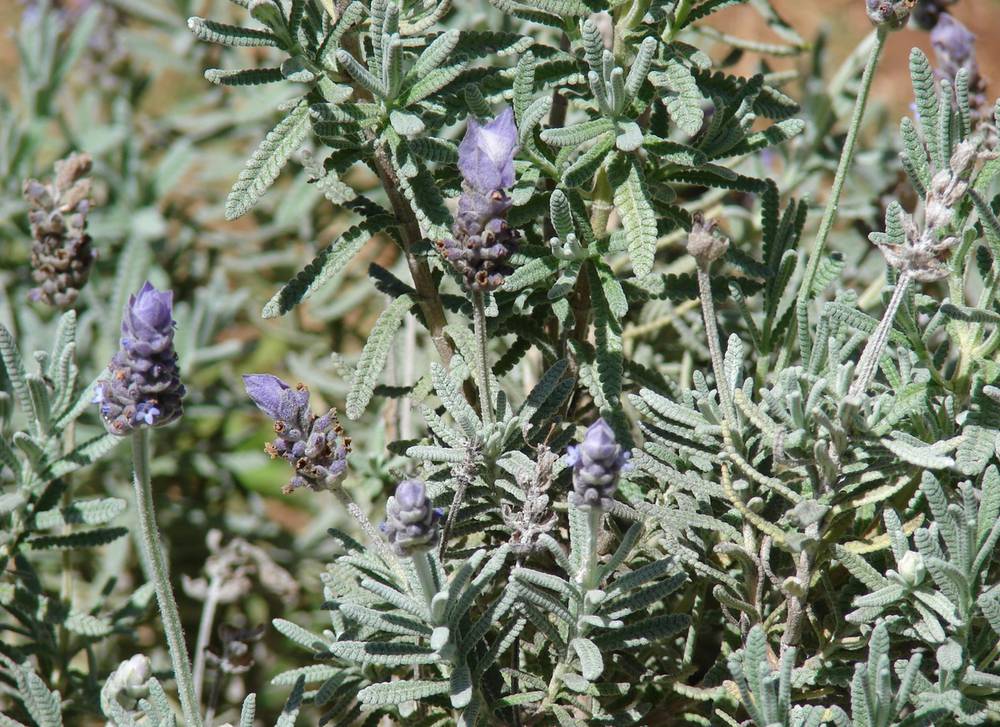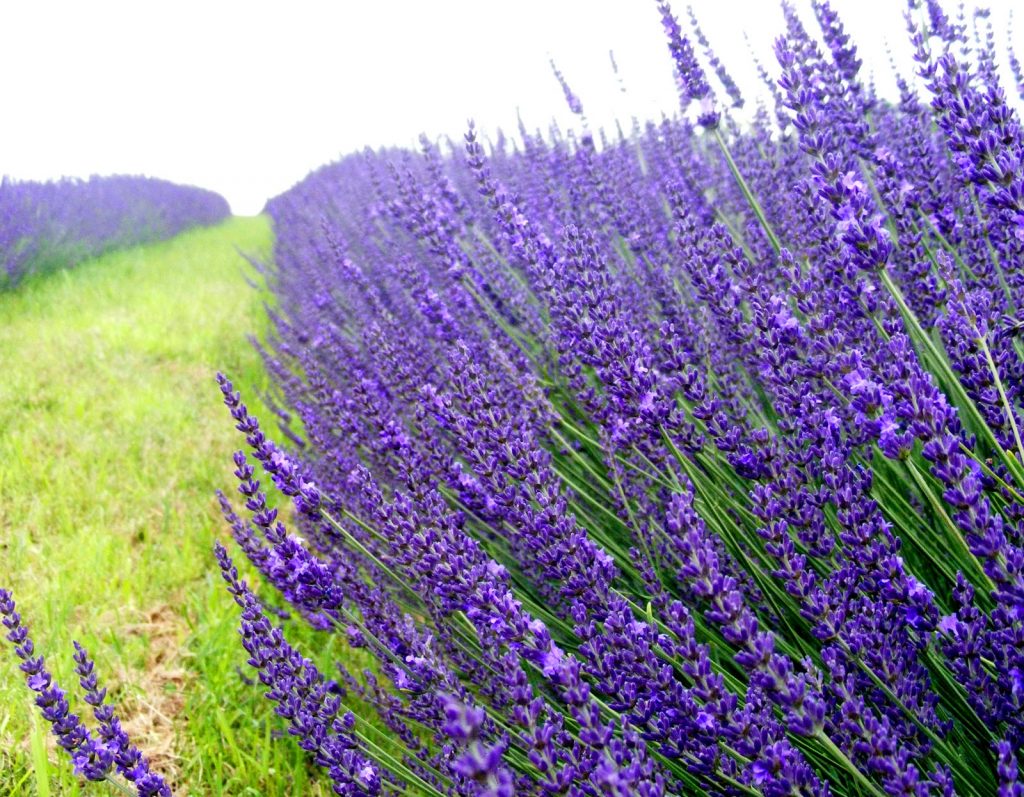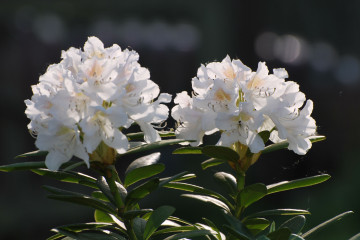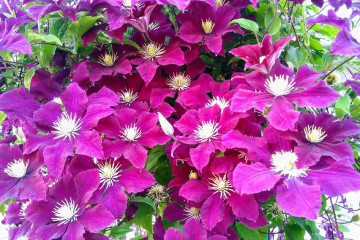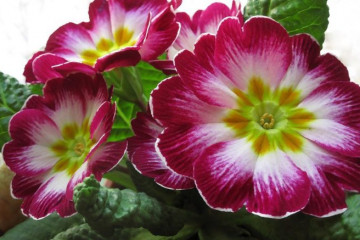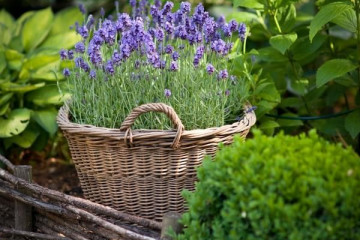When lavender blooms
Content:
Lavender is a perennial drought tolerant plant with a pleasant aroma and belongs to the Lamiaceae family. The Mediterranean coast is considered the birthplace of lavender. It is grown in Australia, India, Arabia, the Canary Islands, Africa, Europe, in the south and in central Russia. In the wild, it grows on rocky mountain slopes. In modern times, the name of the flower came from Ancient Rome, lavender is translated from the Latin language "lava" - to wash. The people of Rome added the plant to the water while bathing for freshness and a fragrant aroma.
Description
Lavender is an evergreen perennial shrub. It has lobular, woody roots about 2 m long. The plant reaches a height of 60 cm. Silvery-green leaves with pile are opposite.
Up to 10 inflorescences are collected on one shrub.
The most famous types:
- English, or narrow-leaved - perfectly adapts to the climate in central Russia. When frost appears, it must be transplanted into a greenhouse from open ground. Popular varieties - Alba, Headcoat Jainto, Headcoat Blue, Rosea, Manstad;
- French, or broadleaf - a rather capricious plant to care for. It is grown for decorating rooms in a pot, as it does not tolerate low temperatures. Famous varieties - Tiara, Rocky Road, Regal Splendur, etc .;
- Serrated - This type of flower with serrated leaves grows outdoors only in the mild Mediterranean climate. In Russia, this type of lavender is grown indoors. A popular variety is Royal Crown.
- Dutch is a hybrid of narrow-leaved and broad-leaved species. These flowers are also called lavender. They are larger in size and produce more foliage.
Many do not know where lavender grows in Russian latitudes. If you go to Crimea, you can see endless lavender fields. The surroundings of Sevastopol and Bakhchisarai, the cape are especially famous for them. Tarkhankut. Fragrant flowers grow in the Astrakhan region.
Flowering lavender
The lavender scent spreads throughout the garden or home and leaves few people indifferent. Shrubs can decorate any garden. Therefore, more and more people are willing to grow these fragrant and healthy flowers in their country house. When purchasing seeds, people often wonder when lavender is blooming.
Flowering time of different varieties
In the wild, the fragrant plant blooms in early summer and pleases people for a fairly long period - until autumn. The flowering of lavender in a country house or apartment may be shorter - it all depends on its type and variety.
For beginner gardeners, it is better to ask when the selected lavender variety will bloom. Narrow-leaved varieties, like Dutch varieties, do not begin to bloom in early summer, but only in July. The toothed type of plant produces inflorescences from June. French lavender blooms before everyone else - in April, after a short break also in August. Therefore, it is ideal for decorating rooms.
Flowering duration
It is important for flower lovers that they delight the eye as long as possible. Therefore, they often wonder how much lavender blooms.
The flowering times of different plant species are as follows:
- English - July-August;
- French - April-June, August-September;
- Serrated - July-August;
- Dutch - July-August.
Flower shape
Flowers are located at the top of the stem, in their appearance they resemble spikelets. In lavender of different types, only the sizes of the flowers differ. For example, the inflorescences of a Frenchwoman are larger than those of an Englishwoman. Lavender flowers are usually purple or blue, but there are varieties of white, lilac-pink and lilac flowers.
The smell of lavender
Almost all varieties of the medicinal plant are fragrant. This is due to the high amount of essential oil in lavender. The smell is thick, spicy, slightly sweet. If we talk about specific types of flower, then the smell of French lavender is slightly inferior to the smell of English. Lavandin (Dutch species) contains more essential oils and therefore has a sharper aroma than other species. It is grown for industrial purposes.
Prolongation of flowering at home
Taking good care of your lavender will help extend the flowering period, as well as get larger buds and lush bushes.
For better flowering, you should not often water the lavender bushes, it is enough to do this 2 times a week with settled water. It is important to position the pot correctly - put it on the southern windowsill. In summer, lavender should be taken out onto the balcony, in winter - supplemented with fluorescent lamps. Daylight hours for a plant should be at least 10 hours.
Flowering stimulation
For better flowering, it is necessary to transplant the plant into a larger pot every year, as it needs space. Lavender needs to be fed with complex fertilizers once every 2 weeks from April to the end of August. The flower also responds very well to potash fertilizers. For example, when planting, crushed eggshells can be added to the substrate.
Post-flowering care
After flowering, lavender must be completely cut off from faded branches. The plant needs rest, you need to put it in a dark place and not water it. This will allow him to gain strength and ensure exuberant flowering in the future.
Features of growing a flower
One of the most important things to consider when buying from a flower shop is choosing the right variety. Some varieties are suitable for cultivation only outdoors or warm indoors. When choosing lavender for planting in a summer cottage, you need to take into account the local climate.
Reproduction
The beauty lavender reproduces in three ways:
- By cuttings. From a one-year-old shoot, it is required to cut cuttings about 10 cm long, the leaves from the bottom of the cutting must be removed. The rooting process is easy enough;
- Seeds. Before planting, they need to be cold-treated for better germination. The seeds must be placed on damp gauze, covered with a bag and placed in the refrigerator on the lower shelf for 1.5 months. Then sow into a container, after the emergence of shoots - dive. Plants will bloom only after 1 or 2 years;
- By dividing the bush. Divide the bush and plant in different pots or holes in the country.
Landing
The plant prefers to grow on a hill, therefore, when planting in the country, you need to make beds 30-45 cm above ground level. It is necessary to plant in open ground in spring or autumn (May or October).
For planting and successful growth of lavender in an apartment, a number of conditions must be met:
- Choose a pot - it must be spacious, at least 30 cm, as the flower loves space. In a small pot, the flowers will be small and inconspicuous. Several plants planted in an oblong container look very nice. The pot should have drainage holes to drain off excess water;
- To purchase or make your own ideal soil for a plant is gravel or sand, humus, leafy or sod land in a 1: 1: 2 ratio. It is necessary to add a little rubble to the prepared substrate, then plant the plant.
Benefits and uses of lavender
This flower has a unique chemical composition. Lavender contains butyric, valeric, acetic, nylon and ursolic acids, essential oils and coumarin.
In folk medicine, since ancient times, it has been used as a sedative; it is perfectly suited for creating perfumes. The plant is also used in cosmetology. Thanks to him, you can improve the condition of the skin and hair.
Using the recommendations of experts, you can grow this amazing flower in your garden or apartment and even extend its flowering period.
